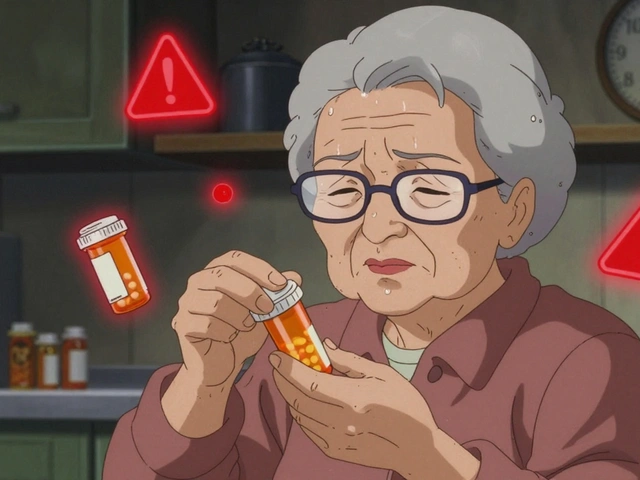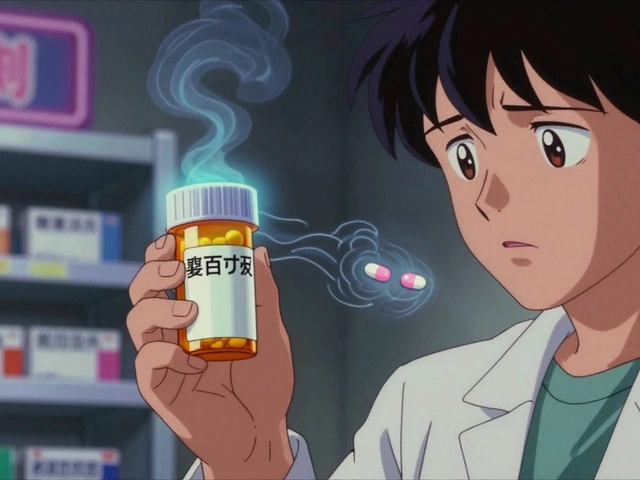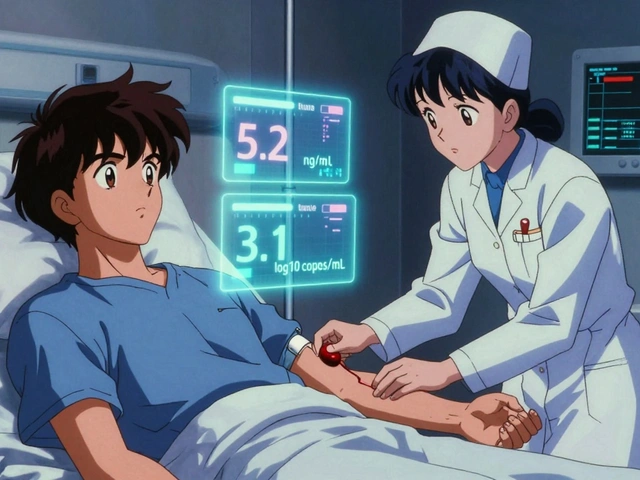Actinic Keratosis: Causes, Risks, and What You Can Do
When your skin has been beaten by the sun for years, it doesn’t just wrinkle—it can develop actinic keratosis, a rough, scaly patch on sun-exposed skin that’s considered a precancerous lesion. Also known as solar keratosis, it’s not just a cosmetic issue—it’s a warning sign your skin has taken too much damage. This isn’t rare. Over 58 million Americans have it, and most don’t even know it until a doctor points it out.
Actinic keratosis forms because UV rays break down the DNA in your skin cells. Over time, those damaged cells multiply abnormally, creating thick, dry patches. They usually show up on your face, ears, scalp, neck, hands, or arms—places you can’t always cover up. Some look like sandpaper. Others are red, pink, or flesh-colored. They might itch, burn, or feel tender. And while most stay harmless, about 10% can turn into squamous cell carcinoma, the second most common skin cancer. That’s why spotting them early matters.
People with fair skin, light hair, or blue eyes are at higher risk. So are those who’ve spent years in the sun without protection—farmers, construction workers, sailors, or anyone who loved tanning before they knew better. But it’s not just about age. Even people in their 30s and 40s are showing up with these lesions now, thanks to decades of UV exposure. The good news? You can stop it from getting worse. Sunscreen, wide-brimmed hats, and avoiding midday sun help. And if you already have them, there are treatments that work—freezing, creams, light therapy—that can clear them up before they turn dangerous.
What you’ll find below are real guides from people who’ve dealt with this. Some explain how to recognize the early signs. Others break down the safest, most effective treatments. You’ll see how sun damage connects to other skin issues, how to talk to your doctor about it, and what to do if you’ve been ignoring those dry patches for years. This isn’t about fear—it’s about action. Your skin remembers every hour in the sun. Now it’s time to give it the care it needs.





